The Great Depression brought hard times, but it also brought out the ingenuity, resourcefulness, and creativity of families across the country. With limited resources, the meals our parents and grandparents shared during this challenging time weren’t just about surviving—they were about making do with what they had and coming together as a family. These foods weren’t just meals; they were lifelines, comfort, and sometimes even a reminder that even in tough times, we could still make something good out of nothing. Let’s take a trip down memory lane and revisit some of the foods that helped families get by during one of the most difficult periods in American history.
1. Spam

While Spam is still a common pantry item today, during the Great Depression, it became a go-to protein source for many families. Shelf-stable and relatively inexpensive, Spam could be used in a variety of dishes—fried, added to casseroles, or served with eggs. It wasn’t gourmet, but it was dependable and helped stretch meals.
2. Cornbread

Cornbread was a Depression-era favorite because cornmeal was inexpensive and could be used to make multiple meals. A slice of cornbread served alongside any stew, soup, or beans added substance and comfort to the plate. It was easy to make and could be cooked in large batches, making it a great way to feed a hungry family without breaking the bank.
3. Lentil Stew

Lentils were another pantry hero, known for being both affordable and packed with protein. A lentil stew could be thrown together with some broth, vegetables, and seasonings. Not only was it filling, but it also helped stretch a meal for larger families. Lentils might’ve been humble, but they gave people the energy to keep going, even during tough times.
4. Macaroni and Cheese
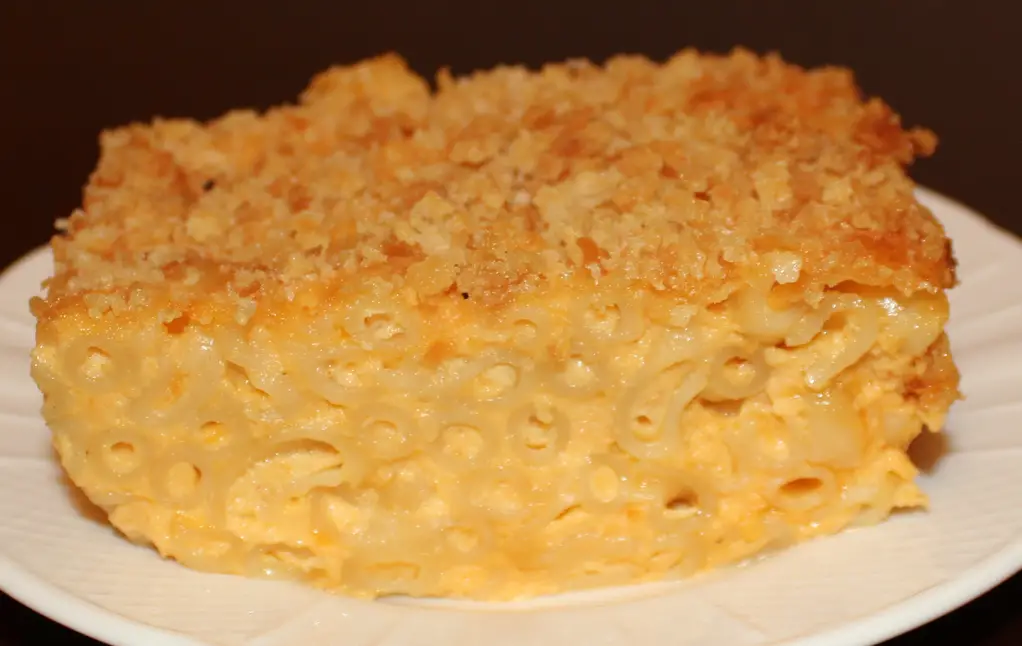
One of the most beloved comfort foods that got families through the Depression, macaroni and cheese was cheap to make and could feed a crowd. With just macaroni, some powdered cheese, and milk, you could create a dish that was filling and comforting. Even though the cheese powder wasn’t exactly the gourmet stuff, it was a welcome treat during lean days.
5. Potato Soup
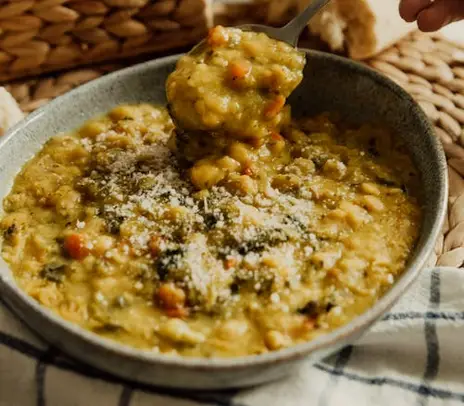
Potatoes were a staple in many households during the Depression. Cheap and easy to grow, they formed the base for hearty soups that could stretch for days. With just a few extra ingredients—like onions, salt, and whatever else was on hand—families could make a filling meal that was inexpensive yet nourishing. It wasn’t fancy, but it was warm, comforting, and kept bellies full.
6. Rice Pudding
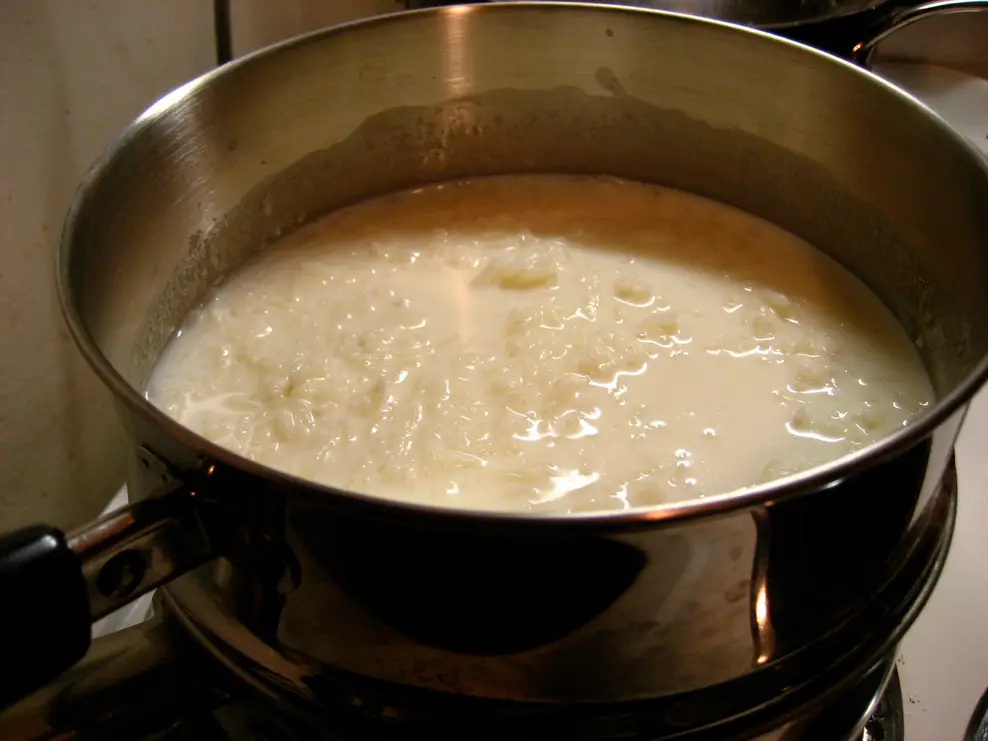
For a simple, sweet treat, rice pudding became a favorite in many homes. Rice was cheap and could be stretched with milk, sugar, and a little cinnamon. It was a way to provide a comforting dessert without spending much, and it helped use up leftovers in creative ways.
7. Gravy Bread

In hard times, people got creative with their leftovers, and gravy bread was a perfect example of this. Made with stale bread, gravy, and a sprinkle of salt, it was a way to make something filling out of nearly nothing. While it wasn’t glamorous, it gave families something to eat when times were tight.
8. Fried Bologna

When meat was scarce, fried bologna was a treat for many Depression-era families. Inexpensive and easy to cook, it was often served with bread, sometimes topped with mustard or ketchup. The greasy goodness of fried bologna was a small indulgence that added a bit of flavor and variety to meals during a time when food choices were limited.
9. Cabbage Soup
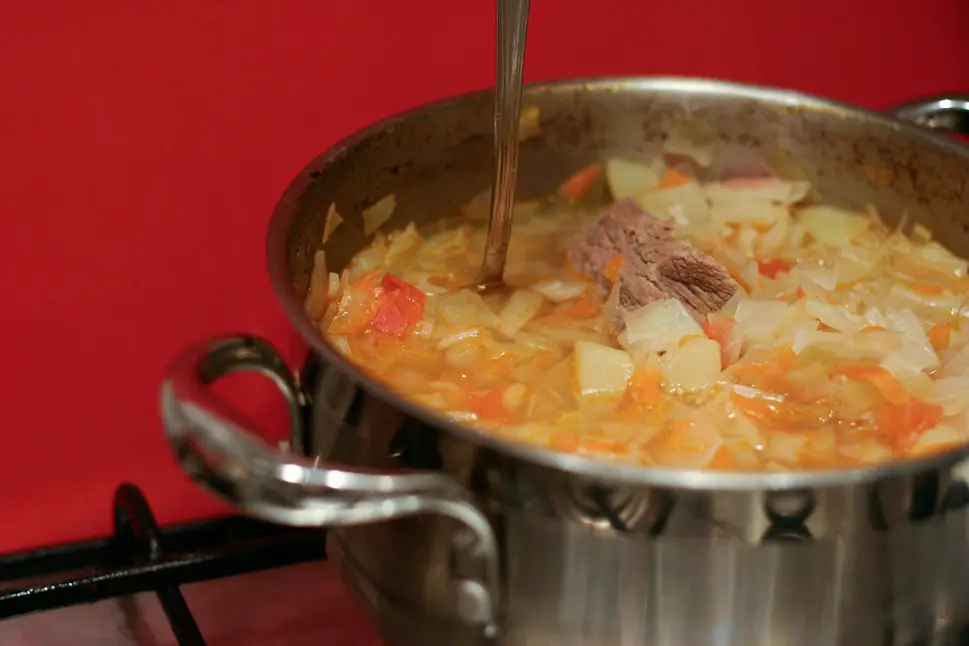
Cabbage was an affordable and filling vegetable that could make a big batch of soup stretch for several meals. With a few other basic ingredients—like carrots, onions, and maybe some leftover meat—cabbage soup became a Depression-era staple. It was nutritious, easy to make, and could be modified with whatever vegetables were available.
10. Pinto Beans
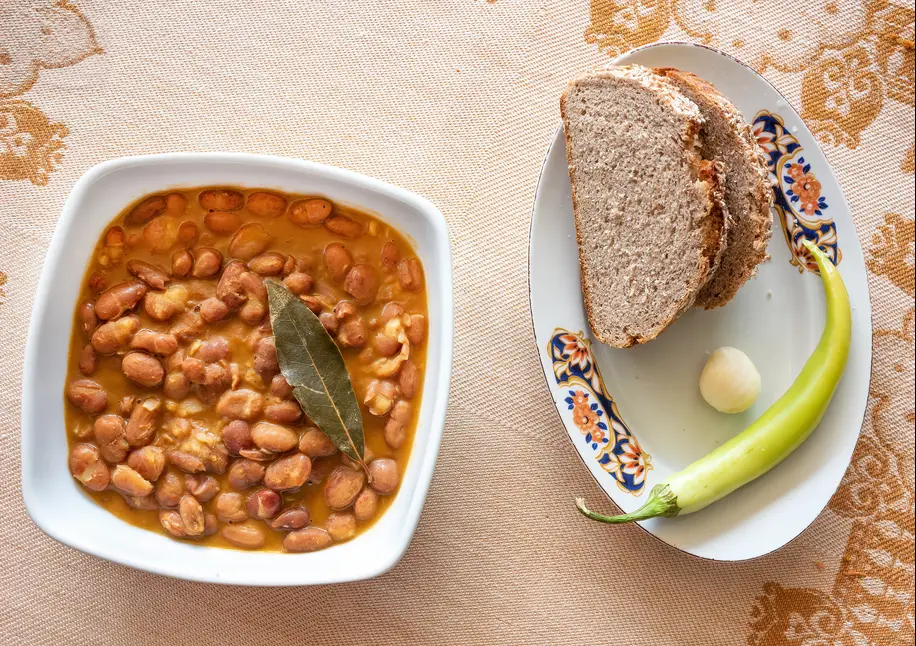
Pinto beans were another inexpensive, filling staple that kept many families going. Beans were versatile and could be made into soups, stews, or served with cornbread. They were easy to store, packed with protein, and provided plenty of energy, making them an ideal food when money was tight.
11. Sausage and Sauerkraut

Sausage and sauerkraut was a common dish that helped stretch a small amount of meat into a full meal. Sauerkraut was cheap, easy to store, and could be paired with sausages to create a flavorful, hearty meal. Families would often serve it with potatoes or bread to make it go further.
12. Egg Salad Sandwiches
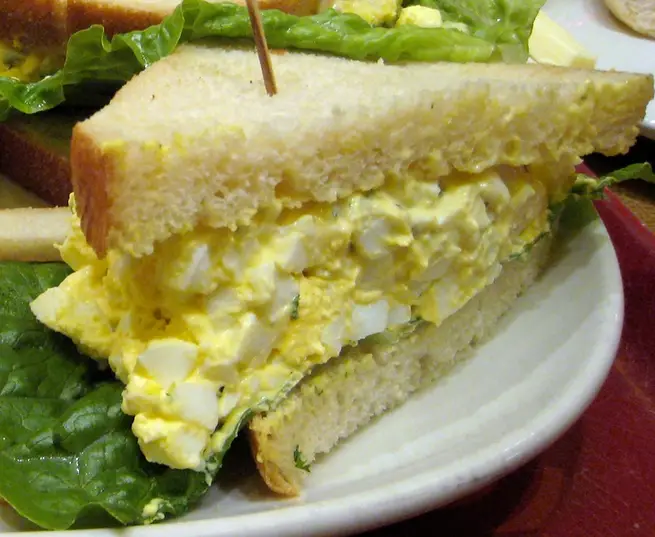
Eggs were a relatively inexpensive source of protein, and egg salad sandwiches were an easy way to turn a few eggs into a filling meal. Mayonnaise and mustard added flavor, and bread made the dish stretch. Egg salad sandwiches were a go-to lunch or dinner option that helped families save money.
13. Tomato Soup and Grilled Cheese

It’s hard to imagine the Great Depression without thinking of the classic pairing of tomato soup and grilled cheese. Canned tomato soup was inexpensive and could be served with a simple grilled cheese sandwich made from bread and a small amount of butter and cheese. The combination of creamy soup and melty cheese made this a go-to comfort food.
14. Johnny Cakes

Johnny cakes (or cornmeal pancakes) were an easy and inexpensive way to feed the family breakfast, lunch, or dinner. Made from cornmeal, water, and a little salt, these cakes could be served with syrup, butter, or whatever sweeteners families had on hand. They were filling, cheap, and could be adapted to whatever ingredients were available.
15. Homemade Biscuits

Biscuits were a Depression-era staple because they could be made from simple ingredients like flour, baking powder, salt, and a bit of fat. Biscuits were quick to make and could be served with gravy, butter, or jam. They were versatile enough to pair with almost anything, from eggs to beans, and were a warm, comforting food during hard times.
These meals weren’t just about getting by; they were about making the most of what you had and finding ways to nourish and comfort the family. When food was scarce and budgets were tighter than ever, creativity in the kitchen was key. While these meals may have been simple, they were filled with love and resourcefulness—and that’s what kept families going through one of the hardest times in American history.


